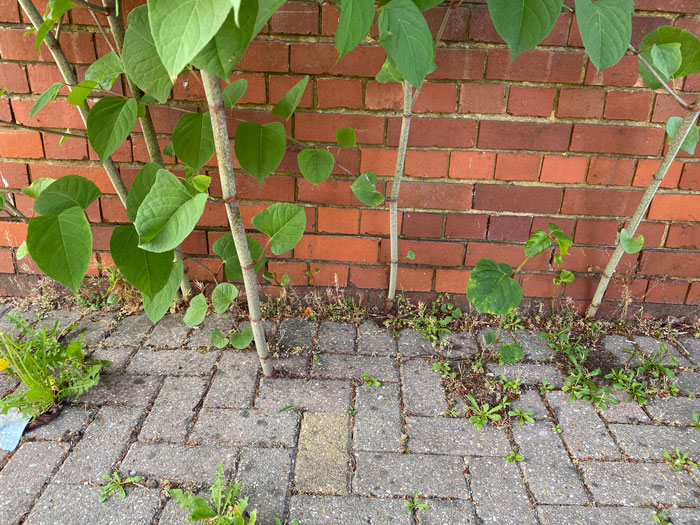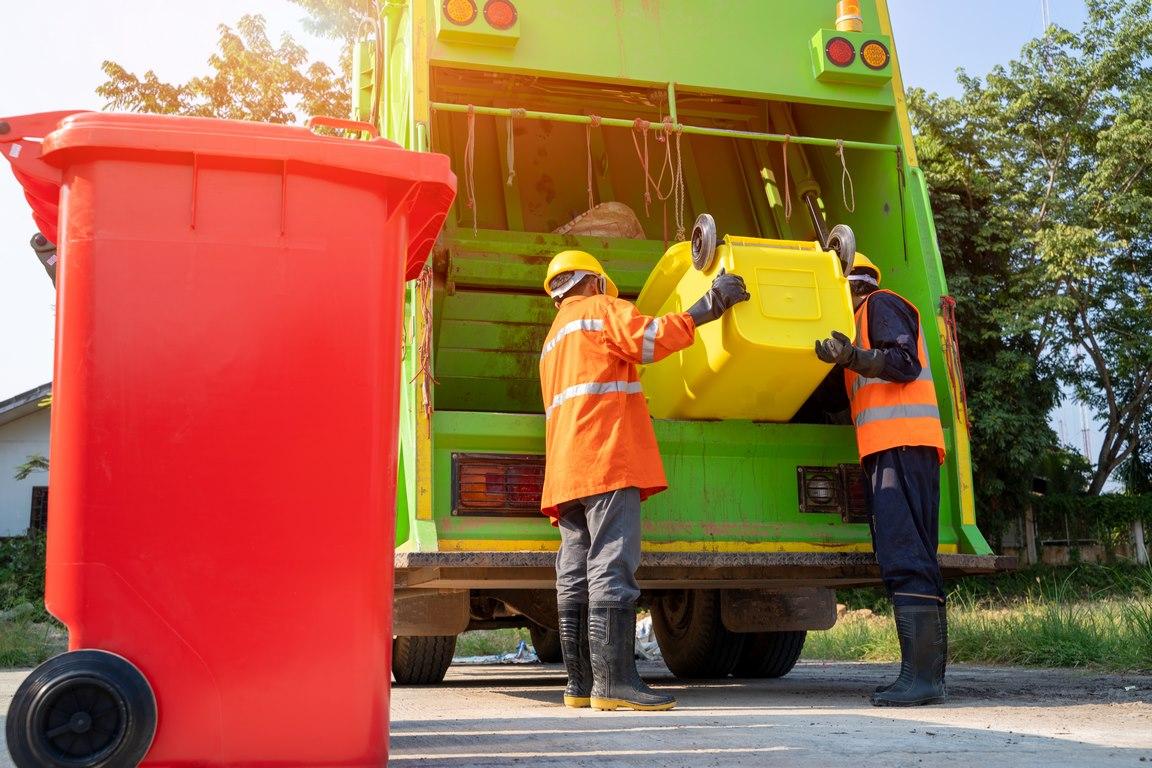Japanese knotweed (Fallopia japonica) is a plant that has been the subject of intense scrutiny and numerous myths over the years. Originally introduced to the UK as an ornamental garden plant, it has since become one of the most invasive species, causing significant ecological and structural problems. This blog post aims to dispel some of the myths surrounding Japanese knotweed and present the facts, including effective removal strategies.
Myth 1: Japanese Knotweed Can Cause Serious Damage to Buildings Overnight
Fact: While it’s true that Japanese knotweed can cause damage to buildings, the process is not as rapid as some believe. The plant’s roots (rhizomes) can exploit weaknesses in structures, such as cracks in concrete, but this typically occurs over a while. Regular maintenance and early detection can significantly mitigate the risk of damage.
Myth 2: It’s Impossible to Get Rid of Japanese Knotweed
Fact: Although challenging, the complete eradication of Japanese knotweed is possible with persistent and professional methods. The key to effective control is understanding the plant’s growth cycle and targeting the rhizome system. Techniques include chemical treatment, physical removal, and soil management. For professional assistance, the Removal of Japanese knotweed with knotweeduk.com offers expert services tailored to effectively manage and eliminate this invasive species.
Myth 3: You Can Dispose of Japanese Knotweed in Regular Waste
Fact: Incorrect disposal of Japanese knotweed is one of the reasons it spreads so widely. Due to its invasive nature, disposing of any part of the plant in regular waste can lead to further infestations. The UK government has specific guidelines for the disposal of Japanese knotweed, including using licensed facilities that can handle controlled waste.
Myth 4: Japanese Knotweed Only Grows in Wild Areas
Fact: Japanese knotweed can thrive in a variety of environments, including urban and suburban areas. It is often found near water bodies, railway embankments, and gardens. Its adaptability to different soils and conditions makes it a formidable opponent in both wild and developed areas.
Myth 5: Japanese Knotweed Reduces Property Value to Zero
Fact: While the presence of Japanese knotweed can impact property values, it does not automatically reduce a property’s value to zero. Awareness and management plans can mitigate its impact. Transparency, along with a professional removal plan, can reassure potential buyers and lenders.
Conclusion
Japanese knotweed, with its rapid growth and resilient nature, poses significant challenges. However, understanding the reality of its impact and the effective strategies for its control and eradication can help manage this invasive species. It’s essential to approach the problem with knowledge and professional assistance. By debunking these myths and spreading factual information, homeowners and land managers can better navigate the issues surrounding Japanese knotweed.
For professional advice and removal services, consider reaching out to specialists like knotweeduk.com, who have the expertise and tools necessary to tackle this invasive plant effectively.
Remember, the key to combating Japanese knotweed lies in early detection, informed action, and consistent management efforts. Together, we can address the challenges posed by this invasive species and protect our environment and structures from its impacts.












